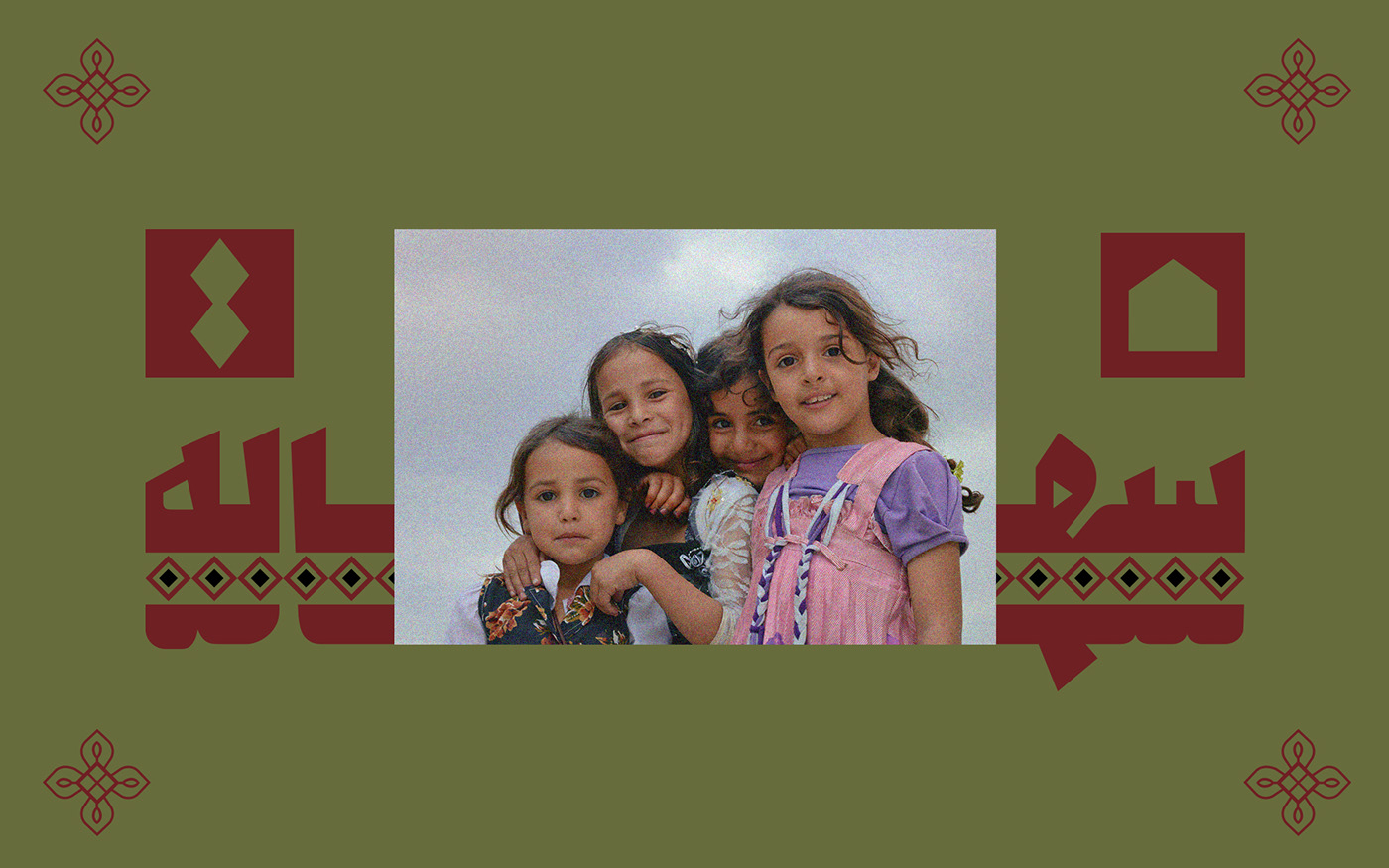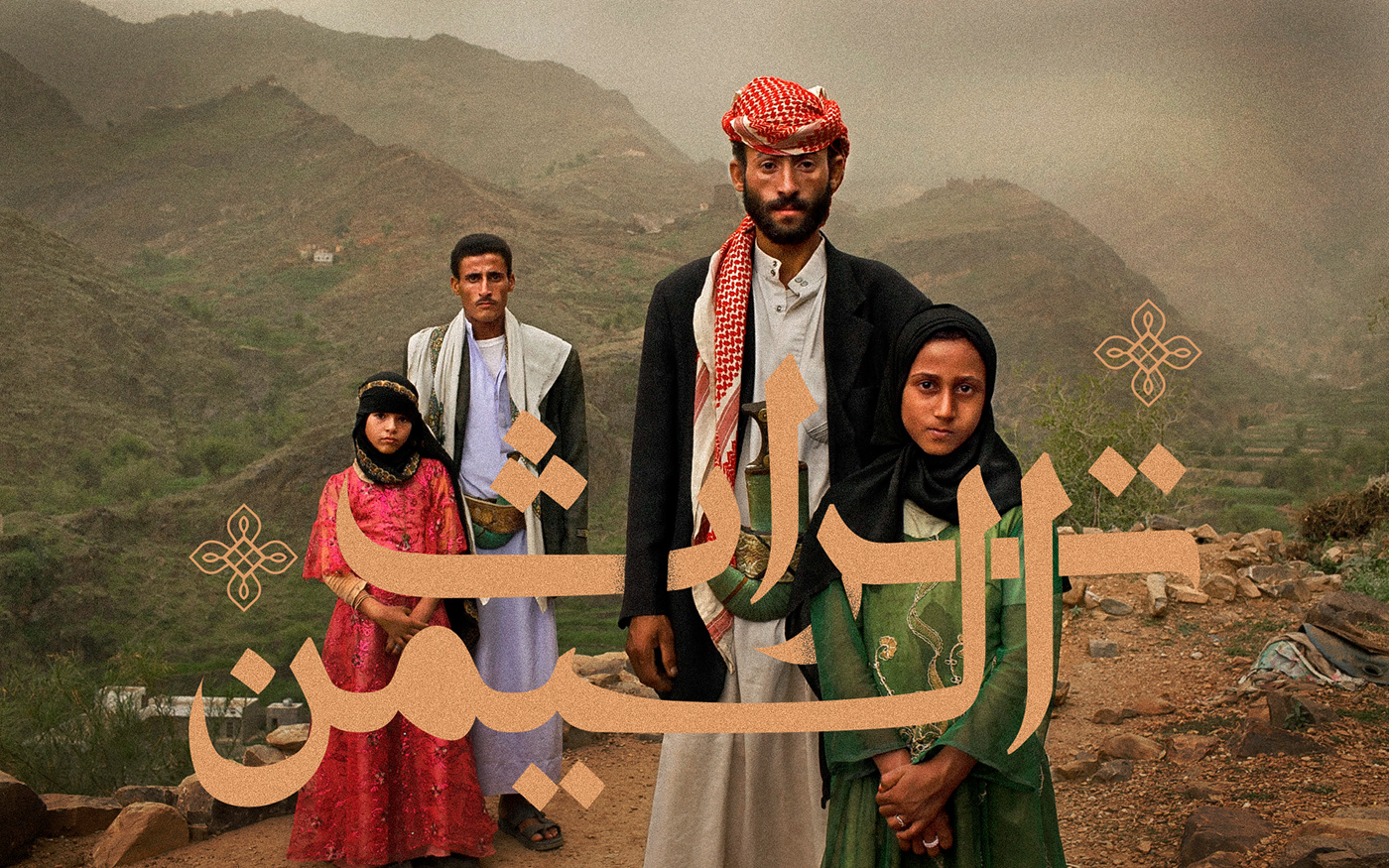
Yemen is one of the oldest centers of civilization in the ancient world. It is not known exactly when the history of ancient Yemen began, but some inscriptions of Mesopotamian civilization depict that it began a long time ago. For example, Sheba was mentioned in a Sumerian text dating back to about 2500 BC.AD, that is, since the middle of the third millennium BC. The inscriptions found in Yemen revealed the ancient history of Yemen dating back to the late second millennium BC.M. Among the most important and famous kingdoms of ancient Yemen are the kingdoms of Sheba, Ma'in, Qataban, Hadramaut, and Himyar.They are credited with developing one of the oldest alphabets in the world known as the Musnad script. The number of texts, writings, and archaeological evidence in Yemen is greater than in the rest of the regions of the Arabian Peninsula. The Romans called it Happy Arabia. Several countries arose in the Middle Ages, such as the Ziyadi state, the Yafari state, the Zaidi imamate, and the Tahirid state, and the most powerful of them was the Rasulid state. What was known as North Yemen became independent from the Ottoman Empire in 1918, and the Mutawakkilite Kingdom of Yemen was overthrown in 1962 and the Yemen Arab Republic was established.
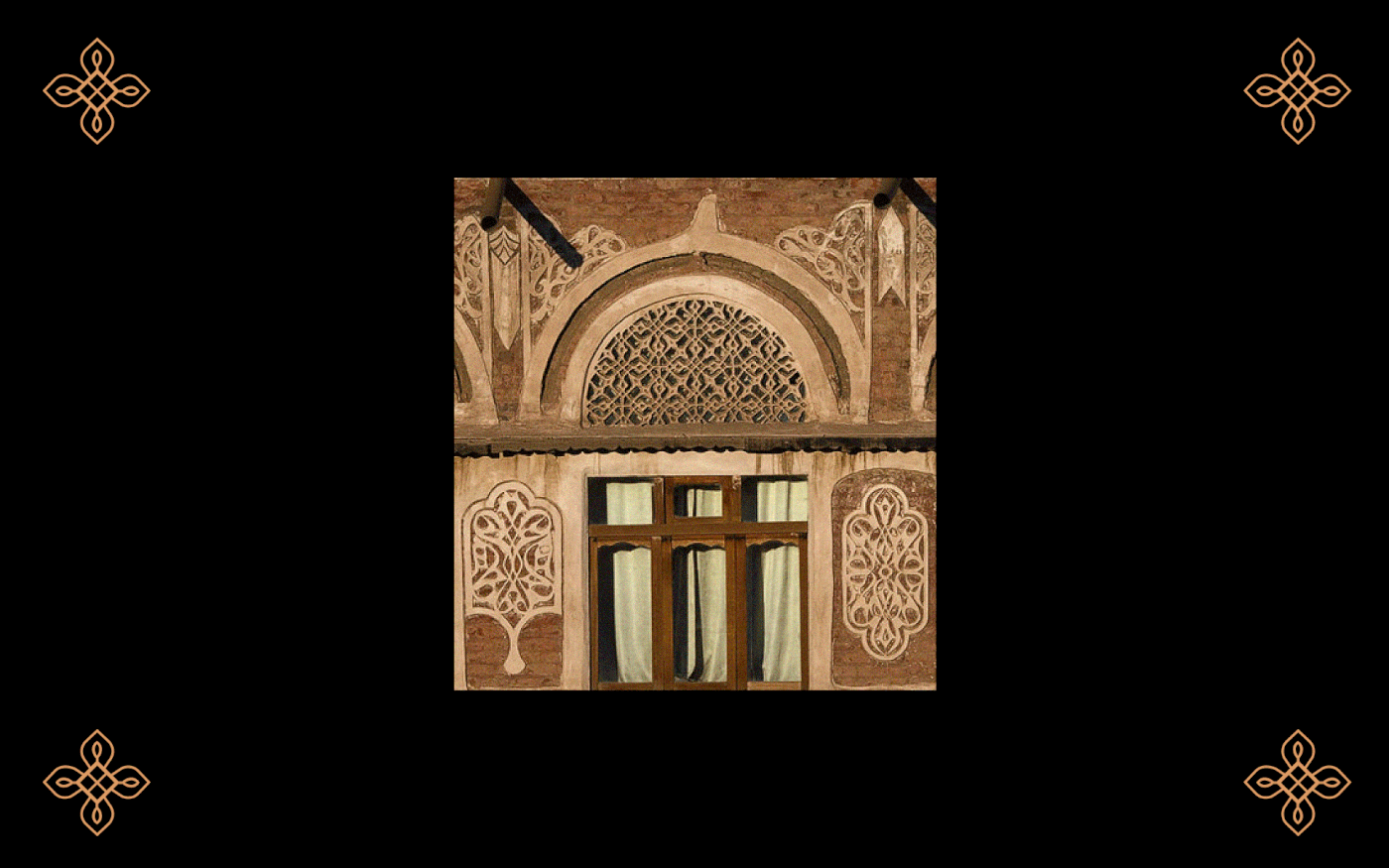



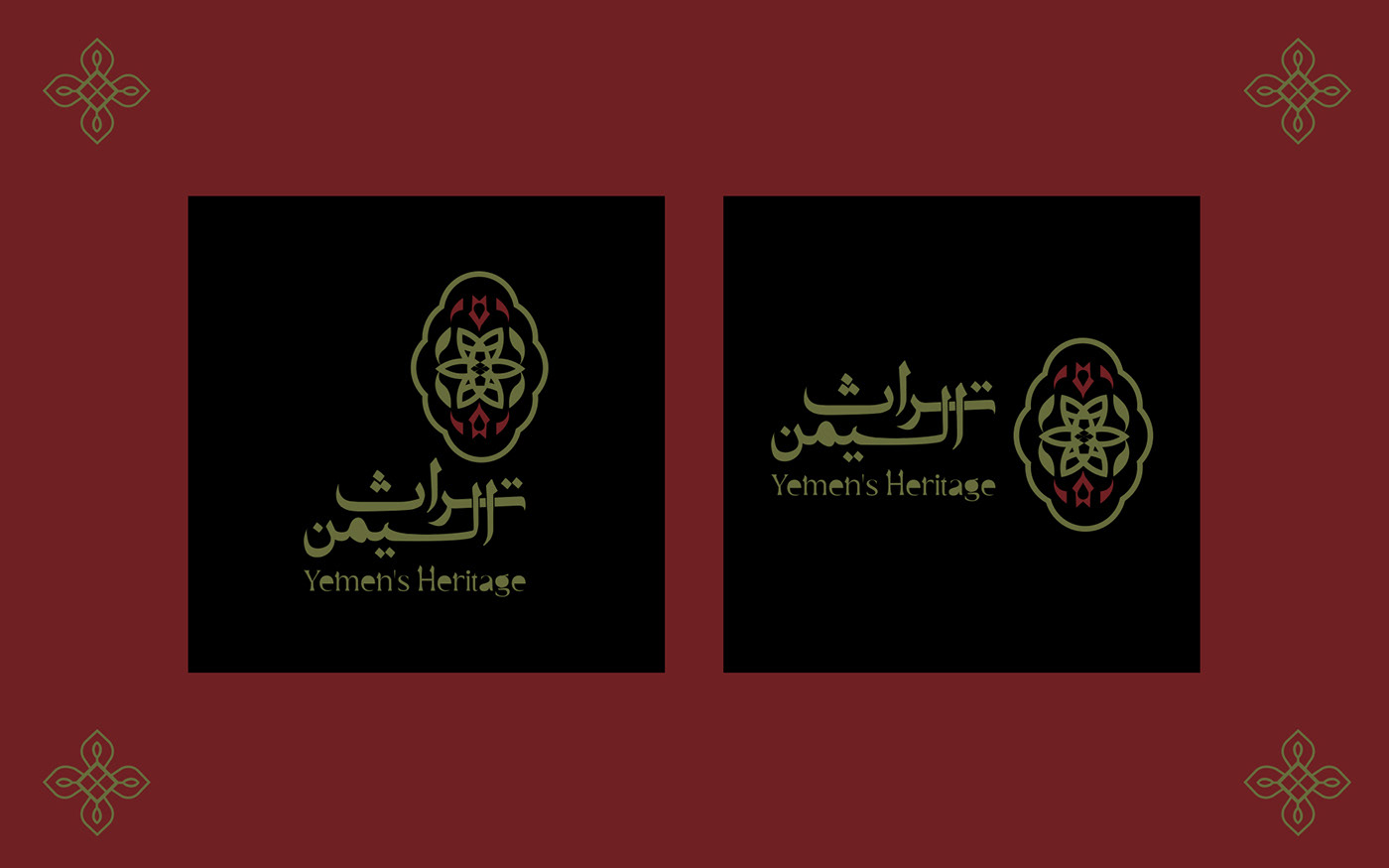
These drawings and patterns were inspired by Yemeni art and the inscriptions found on their buildings, clothes and fabrics as an expression of that ancient civilization and displayed in geometric shapes and patterns that deeply express that ancient heritage




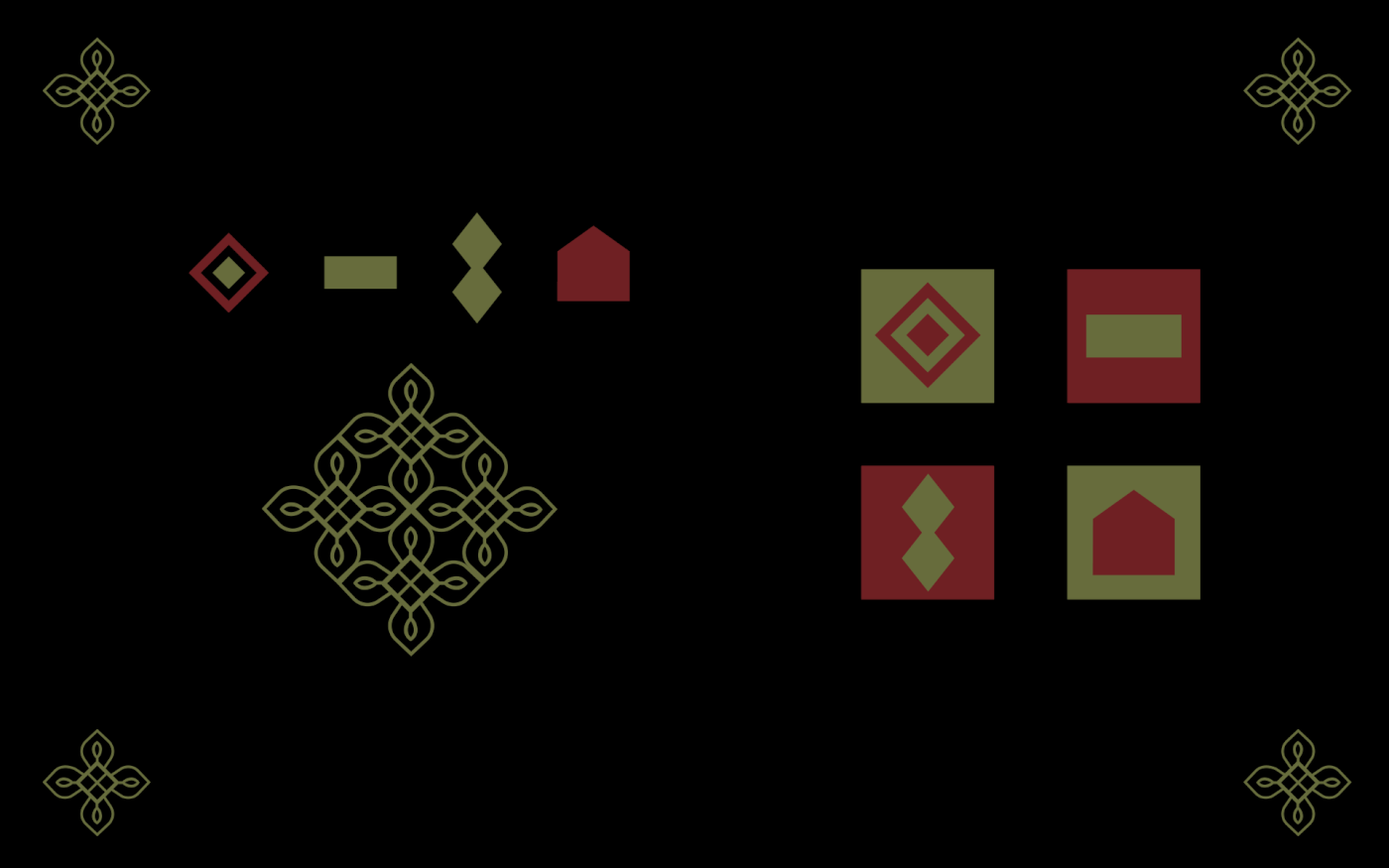

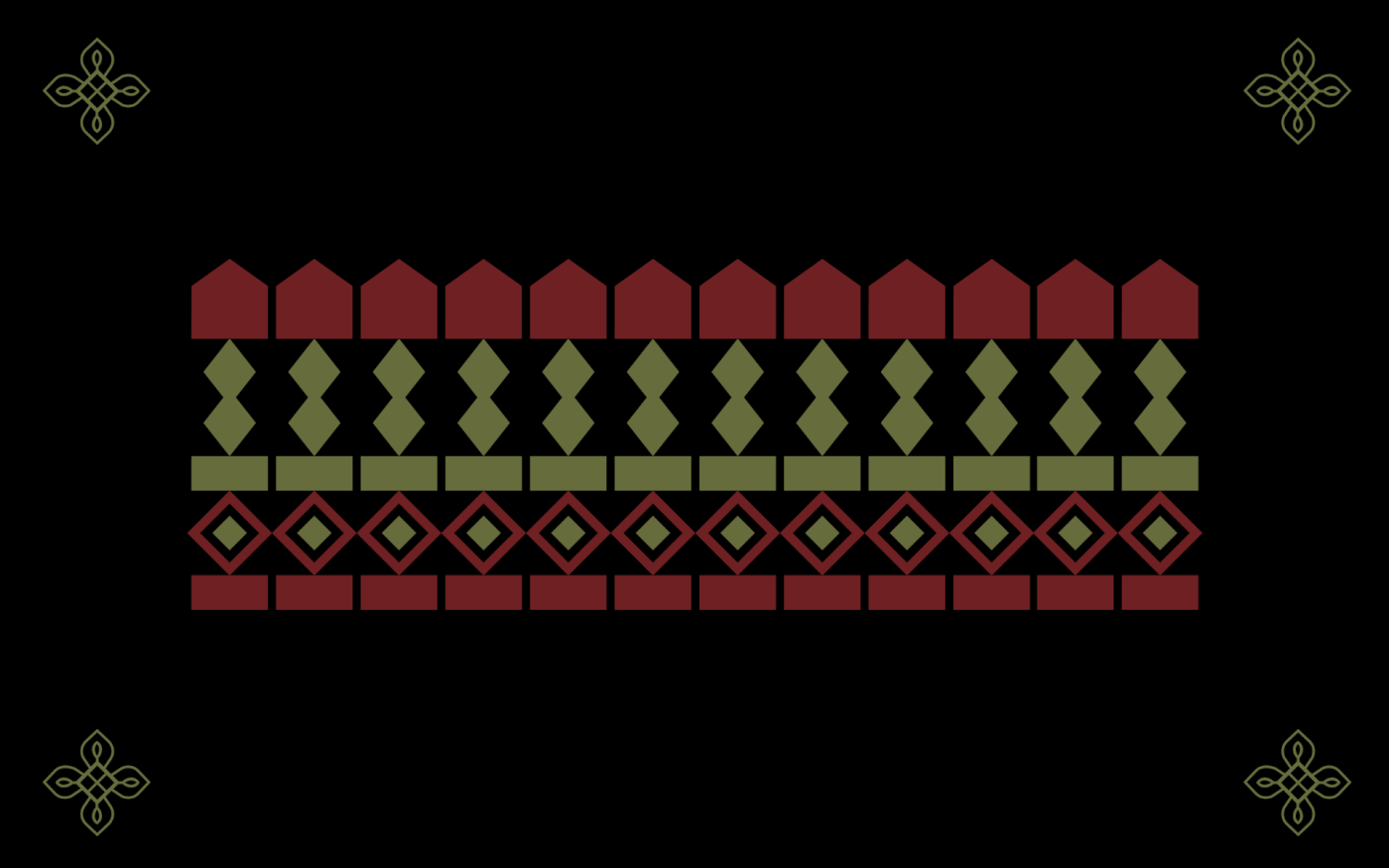
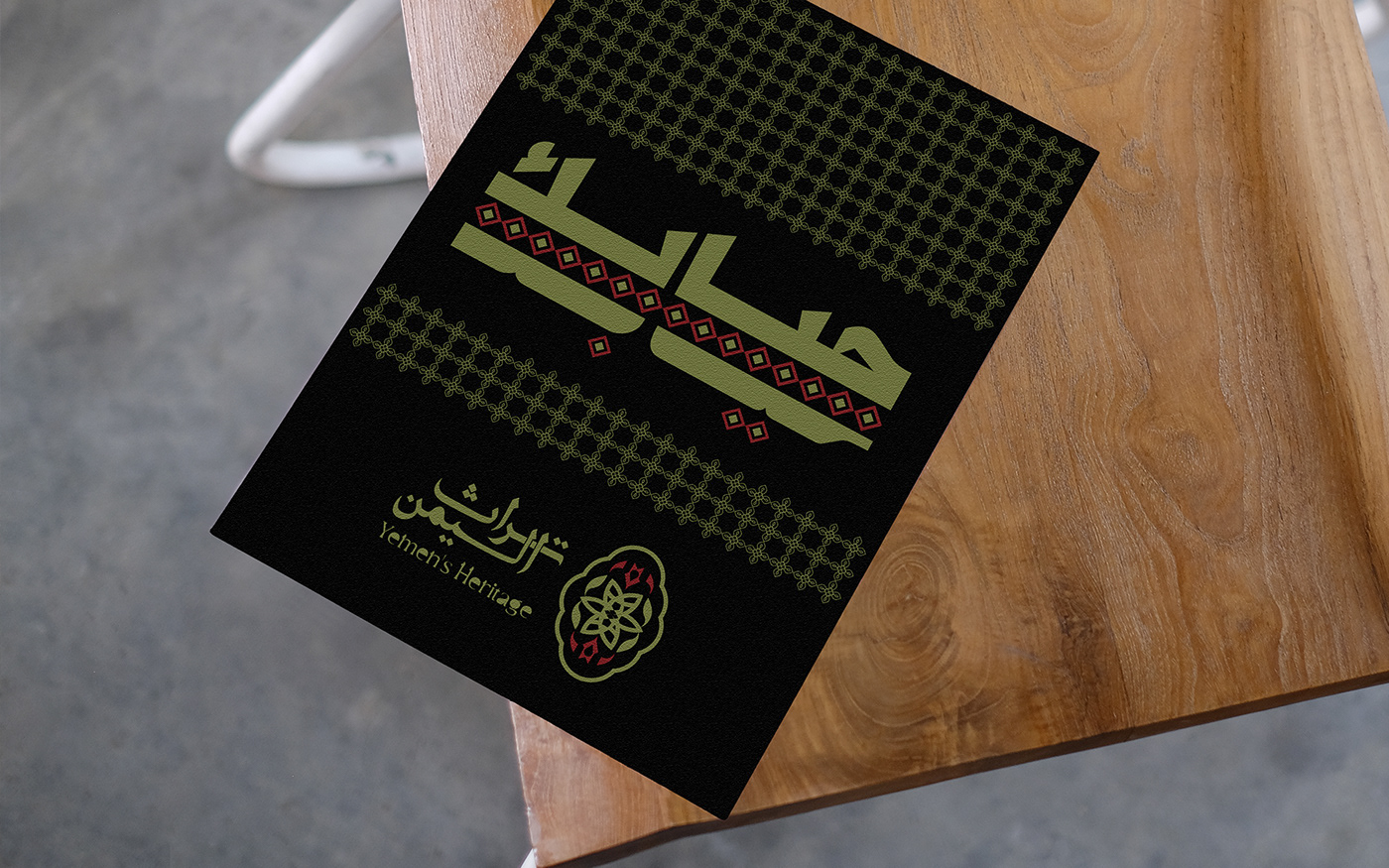
In the following posters, the pattern that was worked on was displayed with some Yemeni phrases that are specific to them and not to the rest of the Arab world, and they were combined in a distinctive artistic form to achieve the extent of flexibility related to that ancient heritage.These phrases are their own welcoming phrases and some of the qualities that distinguish them, such as generosity, welcome, and courage.

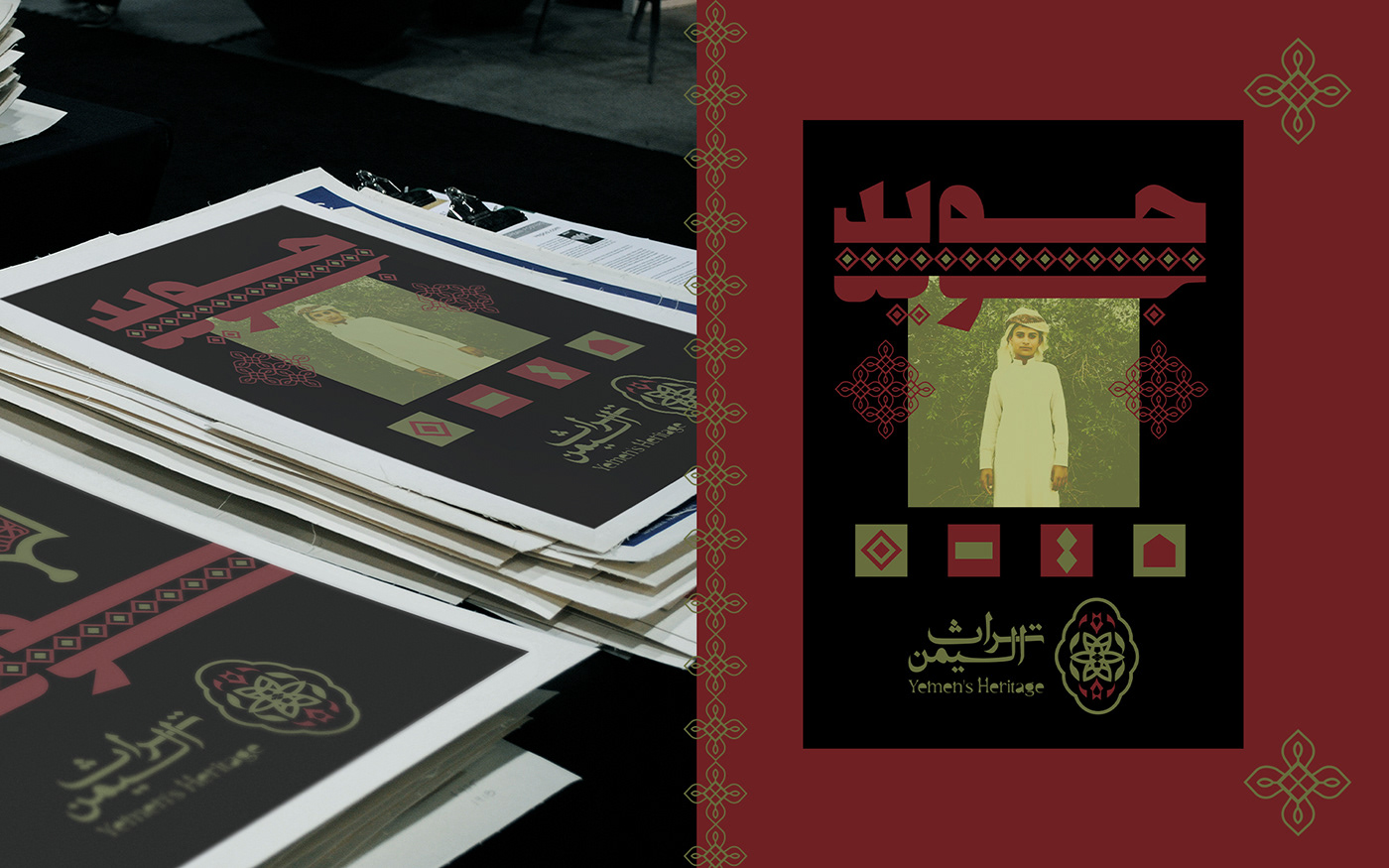
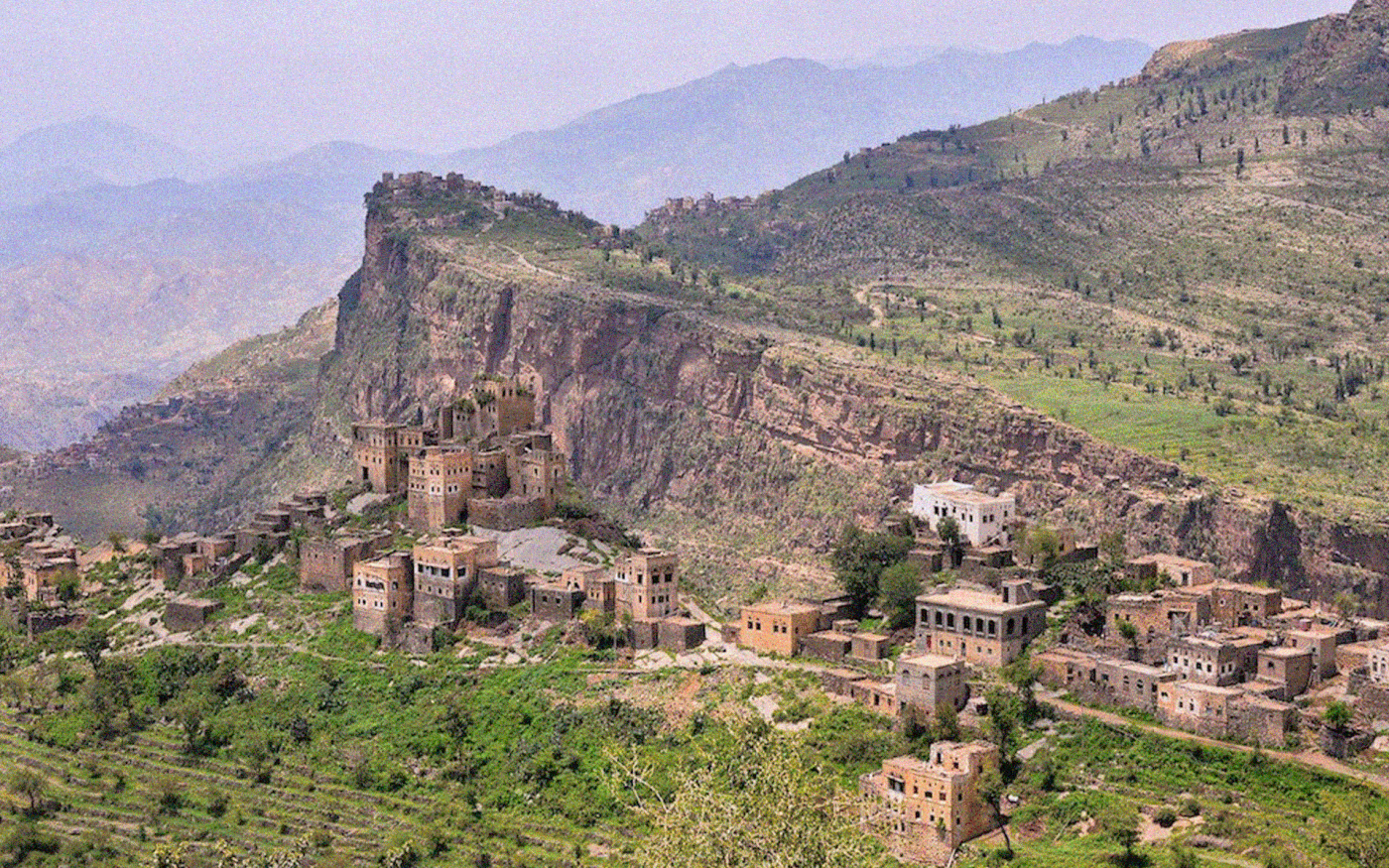
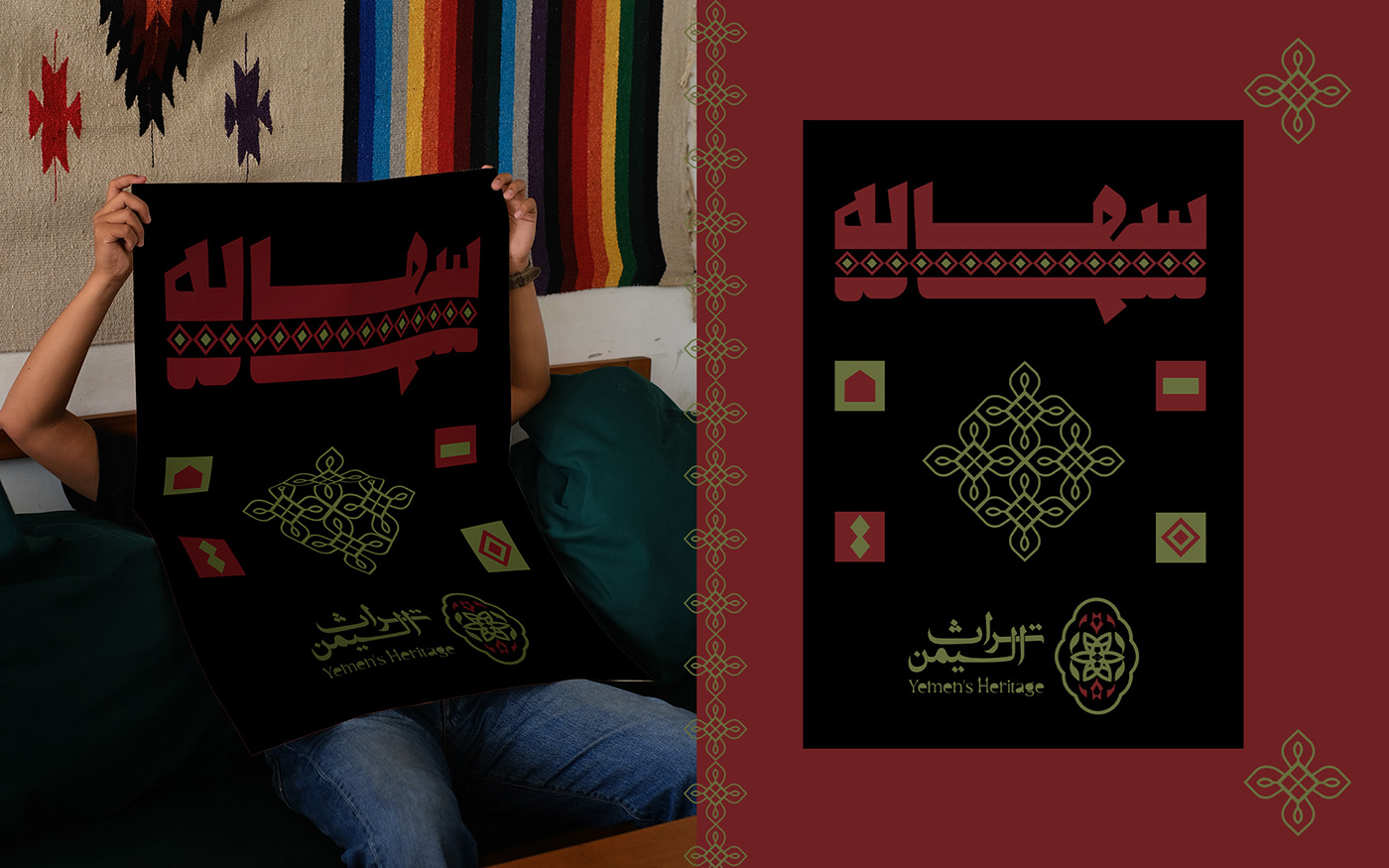
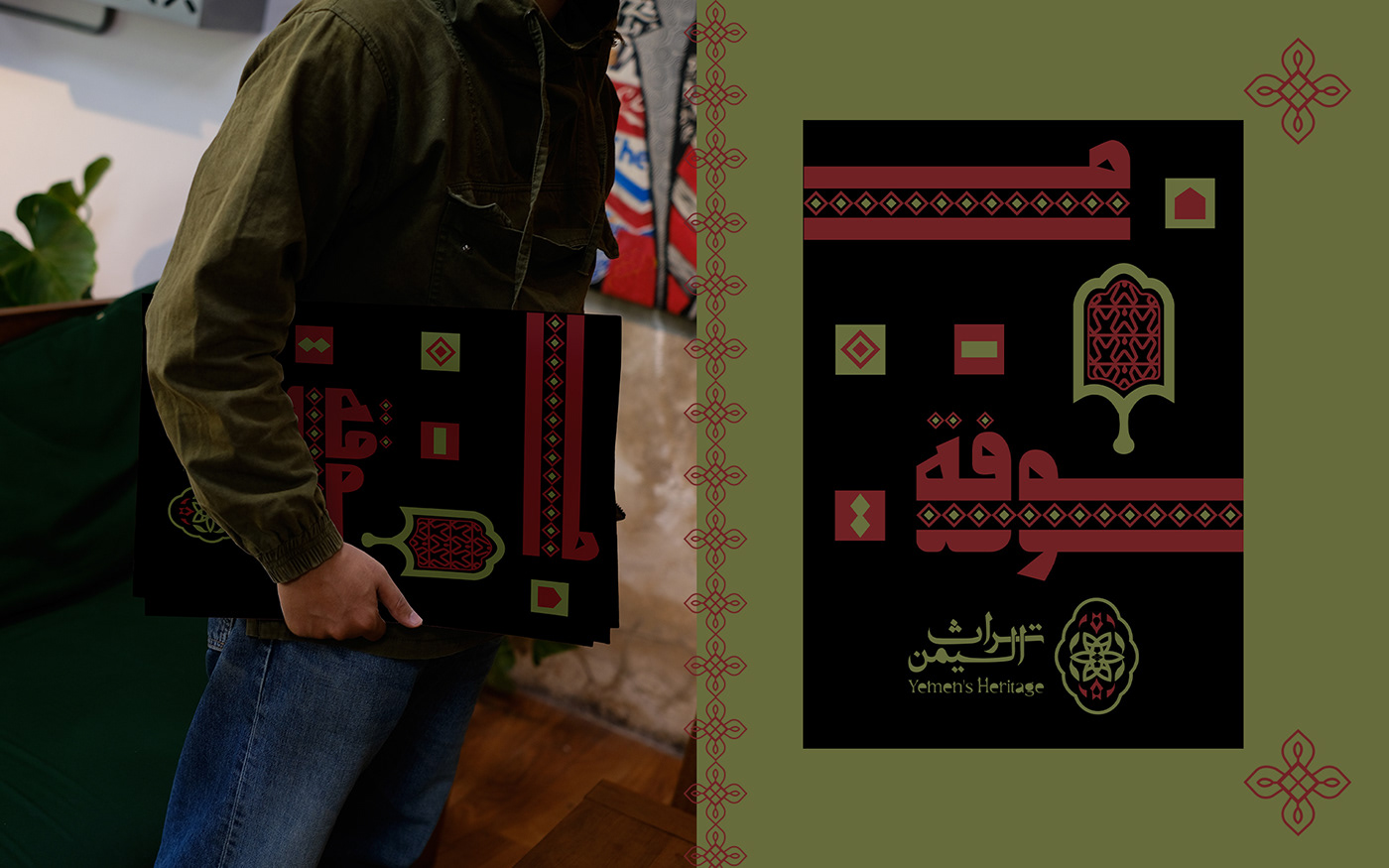


One of the most distinctive features of the Yemeni people is the strong Yemeni poetry, which reflects their linguistic strength and the extent of the eloquence of that people from ancient times.Ferries and sentences that express the extent of their hatred, courage, high character, forgiveness, and valor, while combining those words with the elements of the project’s visual identity to show those texts in a distinctive artistic way


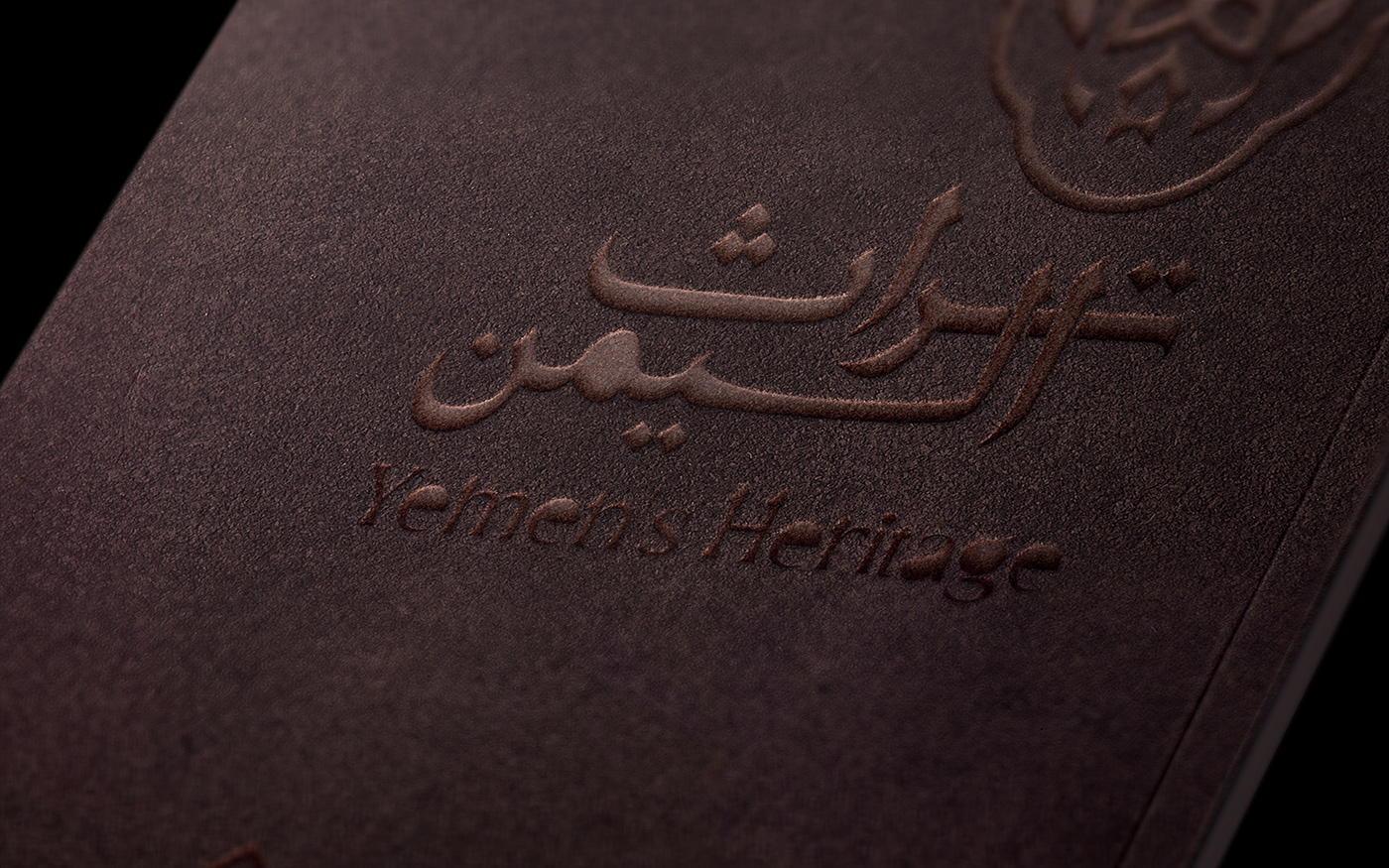
Finally, I hope you liked that, and you have that last word, "Sahala," which means "goodbye" in English
